
Position:Home > News > Application
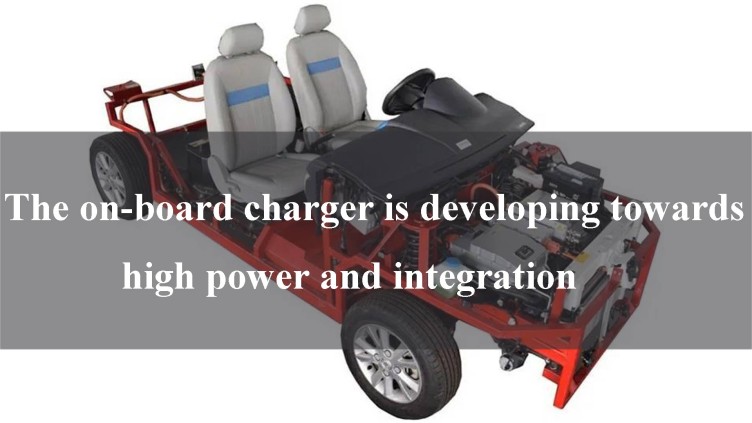
1. The electrification process of the global automobile industry continues to accelerate, and the efficiency of "charging and replenishing energy" has become the core demand of users.
At present, the number of new energy electric vehicles is still in short supply, and the electricity exchange mode is not mature, so it is imperative to improve the efficiency of charging and replenishing energy.
In the context of the booming global supply and demand of new energy vehicles and the accelerating process of electrification, the shortage of charging piles often leads to the situation that users "charge for one hour and queue for four hours", which brings the anxiety of charging energy to users.
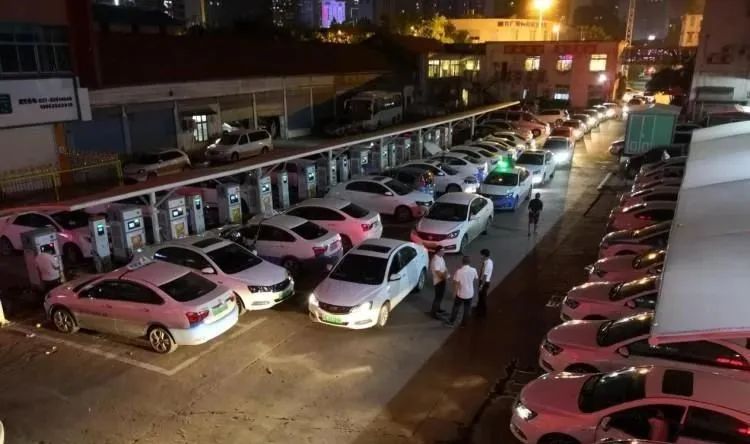
At the same time, the power change mode is also facing the problem of inconsistent industry standards and difficult to popularize, which is expected to be difficult to become a mainstream charging and energy replenishment scheme in a short term.
At present, when the charging infrastructure of new energy vehicles is not perfect, range anxiety greatly affects the user experience, so it is imperative to improve the efficiency of charging and replenishing energy.
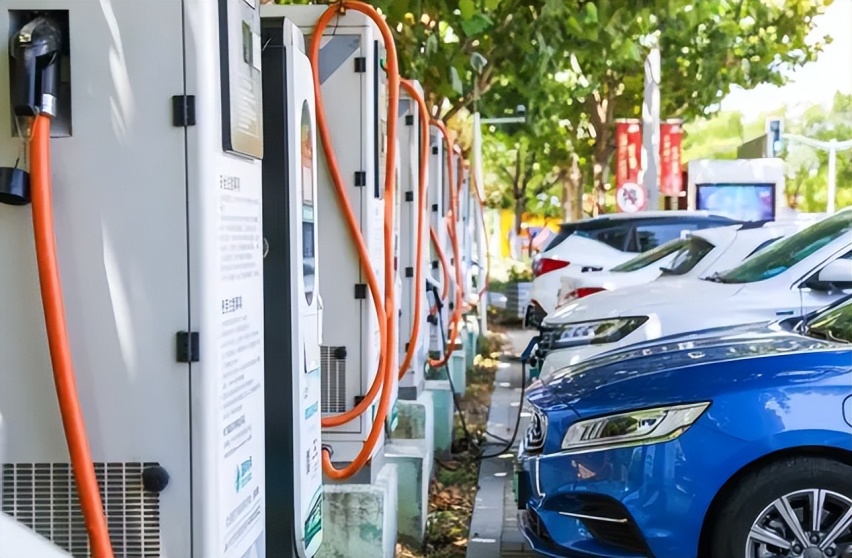
Nowadays, the best-selling vehicles of new energy vehicles have gained a leading advantage over traditional fuel vehicles in terms of power performance, intelligence and using cost, but "not enough long distance travel" and "inconvenient charging" are the two core pain points of the current new energy vehicles.
The improvement of charging and replenishing efficiency has become the core demand of users. In this context, more efficient and convenient charging technology is urgently needed to be launched.
2. AC slow charging and DC fast charging both play an important role.
Today, AC slow charging is still the mainstream, and AC slow charging is done by On-Board Charger(OBC) converts alternating current from the grid into direct current and feeds it into the car's power battery, which usually takes six to eight hours to charge.
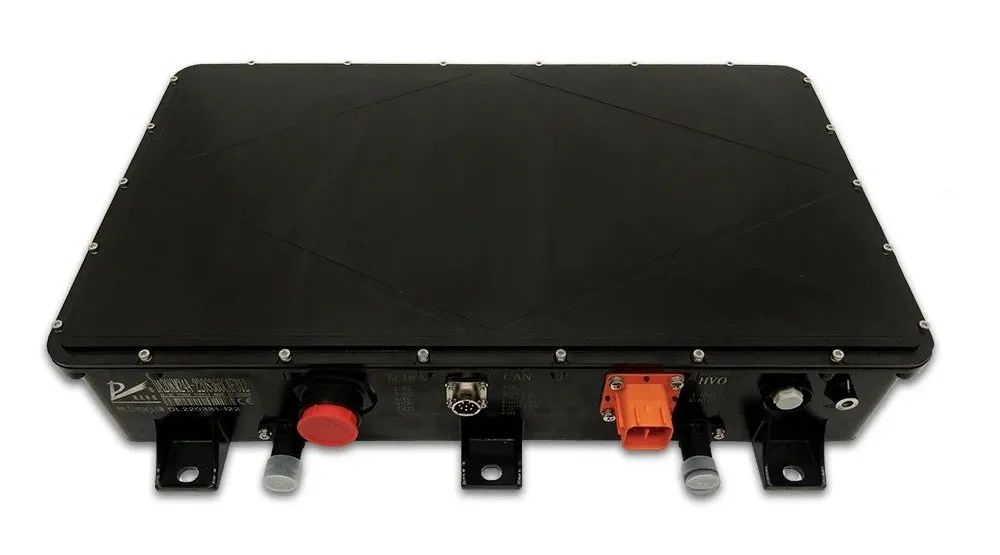
The main difference between AC slow charging and DC slow charging is that the charger is configured on the car or the charging pile. The configuration on the car is the on-board charger, and on the contrary, it is the DC slow charging pile.
When the charger is configured in the car, it can be charged with a socket, which to some extent alleviates the charging anxiety of end users when they travel. However, DC slow charging relies on external DC charging piles, which puts forward higher requirements for the coverage rate of public DC charging piles.
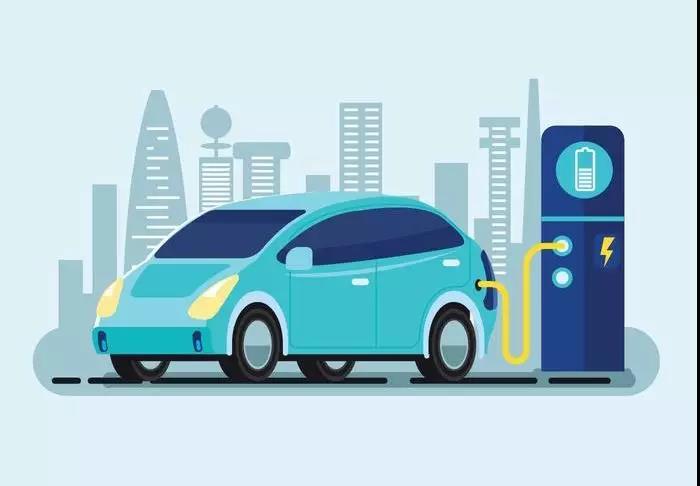
At the same time, local charging infrastructure construction standards issued by various localities guide that AC charging is appropriate for self-use charging piles.
Therefore, compared with DC slow charging, the charger is configured on the car, using AC slow charging is the mainstream solution.
With the continuous development of on-board charging technology, the charging power of OBC is also improving, from 2kW and 3.3kW at the beginning to 6.6kW, 11kW and 22kW at present, and the charging efficiency is constantly improving.
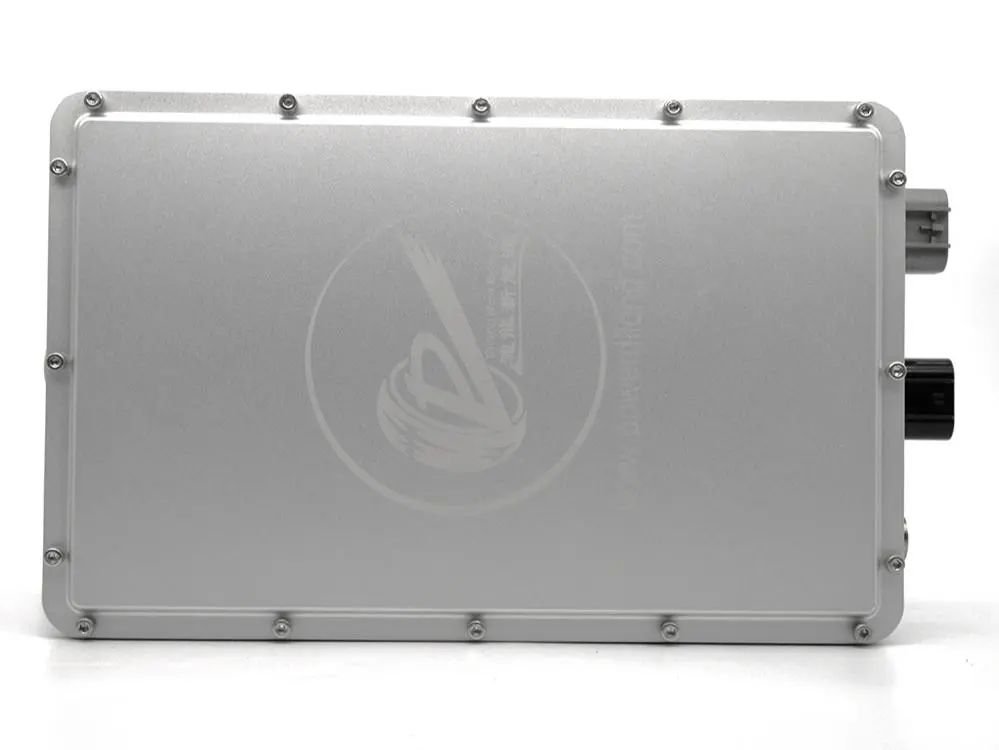
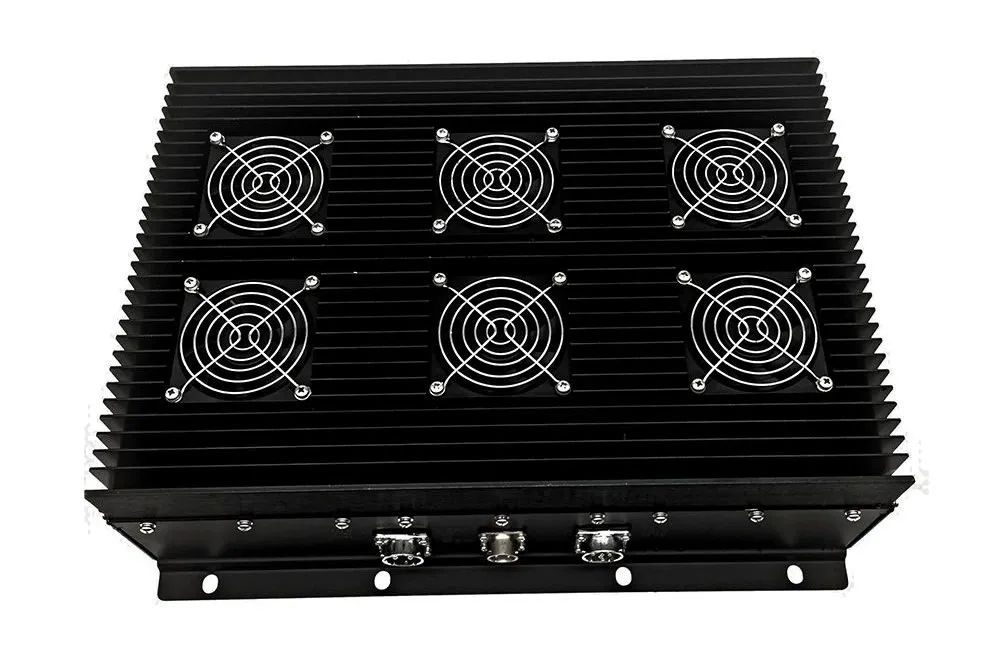
DC fast charging is to convert alternating current from the grid into direct current through hundreds of kilowatts of high power DC charging pile and input into the car power battery, which can charge 80% in an hour.
According to the goal of charging infrastructure construction in Energy Saving and New Energy Technology Route 2.0 of China Society of Automotive Engineering, the number of slow charging ports is expected to reach 13-70 million and the number of fast charging ports is expected to reach 800,000-1.28 million from 2025 to 2030, and a charging system based on orderly AC slow charging and supplemented by emergency fast charging should be established.

Fast charging can complete charging and replenishing in high efficiency and short time, which greatly alleviates users' charging anxiety. However, AC slow charging has the advantages of low cost and easy popularization, so in the future, "AC slow charging" and "DC fast charging" both play an important role.
3. The 800V high pressure platform is accelerating.
The core of fast charging technology is to improve the charging power of the vehicle. According to the P=UI formula, the technical means of fast charging upgrade is to improve the voltage or current.
Increasing current will lead to heavier wiring harnesses, higher power consumption, and more accessory devices, while increasing voltage will lead to greater design freedom. Based on this, 400V voltage platforms are expected to evolve gradually to 800V platforms.
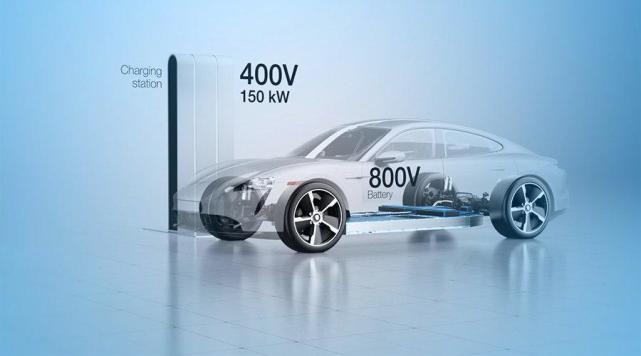
At present, the voltage range of the high-voltage electrical system of mainstream new energy vehicles is 230V~450V, which is collectively known as the 400V platform. In the future, the voltage range is 550V~930V, which is collectively known as the 800V platform.
At present, the efficiency of charging and replenishment has become the core concern of users. 800V high-voltage platform can effectively solve the problem of replenishment anxiety, so mainstream automobile enterprises have begun to layout, and the trend of 800V high-voltage platform is expected to accelerate.
4. On-board OBC develops towards bidirectional, integrated and high-power direction.
Bidirectional vehicle charger has the bidirectional function of charging the power battery and discharging from the power battery to the outside, which can expand user application scenarios and further improve user experience. There are three scenarios as follows.
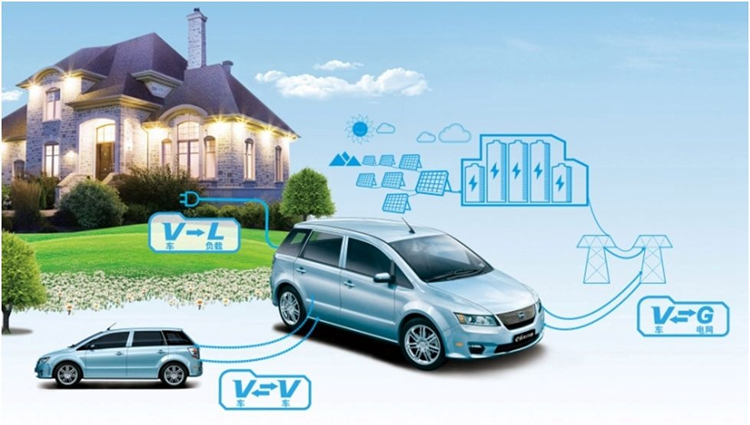
V2G transmits electric energy to the power grid to realize bidirectional energy flow between the power battery energy storage system and the power grid;
V2H, power supply to household appliances, realize the power battery energy storage system to all kinds of household appliances power supply, convenient for users to go out for picnic;
V2V, transfer power between new energy vehicles and new energy vehicles to realize emergency charging from vehicle to vehicle, so that users can cope with special scenarios.

Bidirectional OBC requires the integration of charging and discharging function modules into a power electronic converter to achieve high power density integration and reduce product cost and volume.
Bidirectional can enrich the application scenarios of on-board OBC, and improve product efficiency and reduce product size through high integration. Therefore, bidirectional OBC is an important development direction.
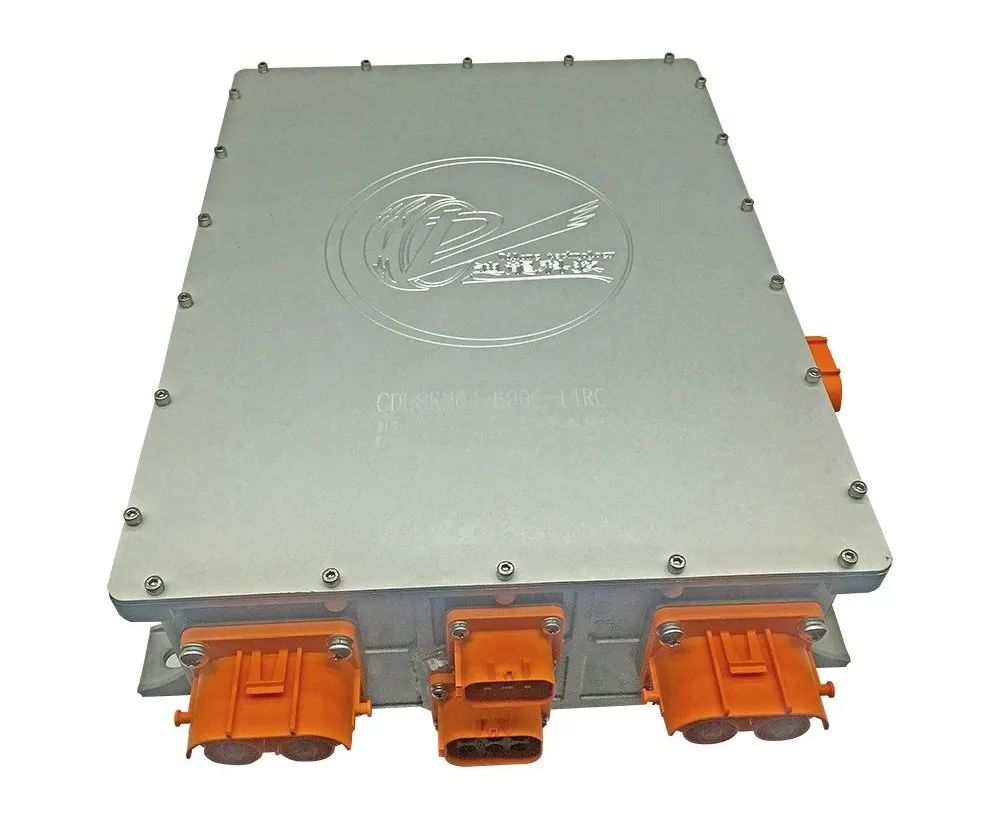
Integration. The integrated design of core components can save the limited space of the vehicle, and realize the miniaturization and lightweight of the product while improving the OBC performance and reducing the production cost.
The current industry mainstream is the OBC, DC/DC converter and high voltage distribution box three or two of the integration, known as "two in one" or "three in one".
The representative products are M64 3-in-1 combo unit and M22A 2-in-1 combo unit of Dilong New Energy Technology Hebei Co., LTD. .
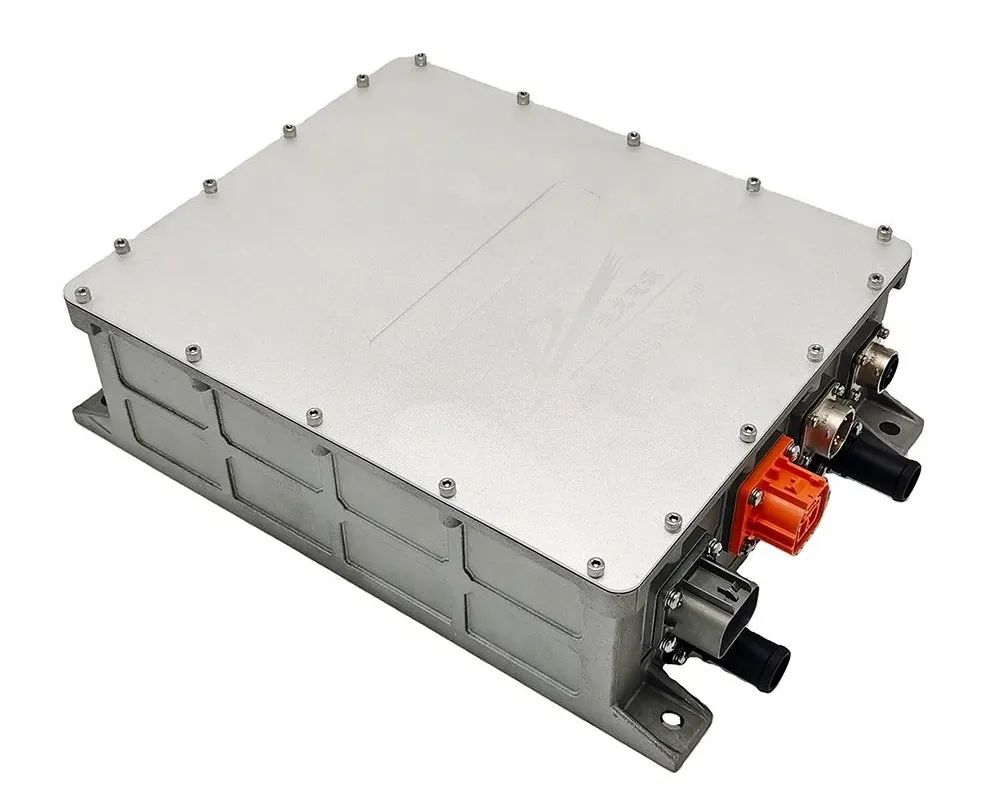
With high power, along with the improvement of the driving range of new energy vehicles and the expansion of battery capacity, the traditional 3.3kW and 6.6kW on-board charger can no longer meet the current charging demand of electric vehicles.
Under the trend of 800V high voltage platform, on-board charger is developing towards the direction of 11kW and 22kW high power.
On the whole, the future on-board charger will develop towards greater power level, higher integration and bidirectional direction.